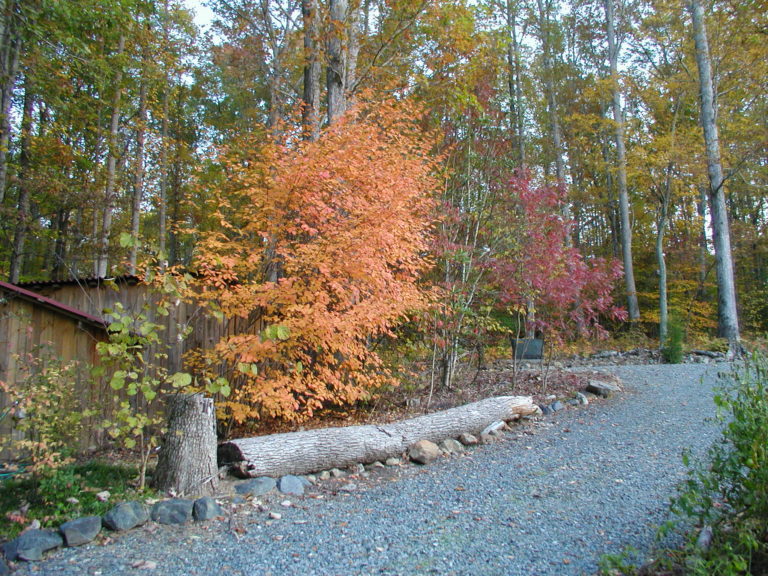The Shadblow Serviceberry is a large shrub in the Rose family native to moist woods in the Eastern seabord of the U.S. and up into Canada. In NC it is found in counties of the lower Piedmont and Coastal plain. Serviceberry is beloved by native plant lovers for its many fine features: in spring it is covered with delicate, white, fragrant flowers which appear in racemes at the ends of branches before the leaves; in summer it produces beautiful, edible red berries which eventually mature to blue/black; in the fall it finishes the season with a very impressive golden/orange foliar display. In addition to providing nectar for the earliest pollinators of the season, Serviceberry’s fruit support many birds, including goldfinches, chickadees, cardinals and robins. Serviceberry is versatile, thriving in many soil and water conditions. It is a bit slow to flower, but it is well worth the wait.
NURSERY HOURS
Wednesday: 10-4 Thursday: 10-6 Friday-Saturday: 10-4 Sunday: 12-4
Amelanchier canadensis

Key Info
Scientific Name: Amelanchier canadensis (L.) Medik
Common Names: Serviceberry, Shadbush, Shadblow, Canadian Serviceberry, Chuckleberry, Currant-tree, Juneberry, Sugarplum, Thicket Serviceberry
Family Names: Rosaceae (Rose Family)
Plant Type: Tree / Shrub
Leaf Retention: Deciduous
Flower Color: White
Special Characteristics: Showy fruit, Attracts bees, Good for hedges, Good fall color, Good wildlife cover/habitat, Attracts birds, Edible fruit (in jams)
Additional Info
Habit: Large shrub/small tree.
Height: 25-30'
Spread: 15-20'
Soil Conditions: Tolerates a wide range of soils, prefers moist, rich, organic, well drained soil.
Leaves: Three-inch, oval, finely toothed leaves with downy undersides and with bright yellow/gold/orange fall color
Flowers (or reproductive structures: Very early blooming; white, showy, drooping racemes of 5-petaled, self-fertile blooms, somewhat fragrant; emerge at the ends of branches before the leaves.
Fruit: edible, blueberry-like pomes, but bright red and edible in summer, maturing to dark purple/black if still on the bush
Natural Distribution: Wet meadows and streambanks in Eastern Canada and coastal states of the U.S. around to Alabama and Tennessee
USDA Hardiness Zone: 4 to 10
USDA Wetland Indicator Status in NC: FAC
Pollination: Bees
Wildlife Connections: Many bees; American Goldfinch, Tufted Titmice, Brown Thrashers, Bluejays, Carolina Chickadees, Northern Cardinals, American Robins.
Propagation: People have been known to dig up seedlings from under established plants.
